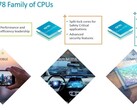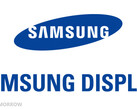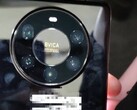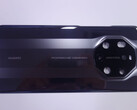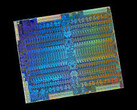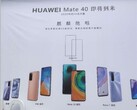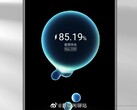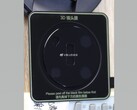Huawei’s Mate 40 could well be the last flagship smartphone from the company, at least in the short term. Thanks to Trump Administration sanctions, the Chinese tech giant cannot use any technology that includes any part of it that has its design or materials sourced from the United States. Even foreign companies that have traded with Huawei in the recent past risk being black balled by the US if they continue to do business with it. As a consequence, the company is also said to be short on supply of its next-generation Kirin 9000 chipset.
How short? While one estimate had supply pegged at around 10 million Kirin 9000 chipsets, it could in fact be as low as 8.8 million. According to industry insider @Mobile chip master on Weibo, Huawei only had access to 22 thousand 5 nm wafers with TSMC. With yield around 400 dies per wafer, it equates to the said 8.8 million figure before TSMC was forced to stop producing chipsets for the embattled company. It also marks the last occasion that Huawei will be able to access Arm’s chip designs.
Huawei’s Kirin 9000 will bow out as the first 5 nm SoC to integrate a 5G modem. Although Apple recently launched the industry’s first 5 nm SoC in the form of the A14 Bionic, it doesn’t integrate a 5G modem -- at least in the iteration that has found its way into the new iPad Air. The four high-performance cores of the Kirin 9000 are likely based on Arm’s Cortex-A77 -- which is the same architecture underpinning the Qualcomm Snapdragon 865/865+. However, due to the more advanced process node, it could be anywhere between 5 to 15 percent faster. Not a bad note to possibly bow out on.
Source(s)
Via Myfixguide






